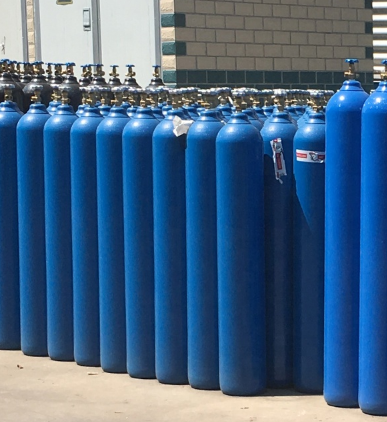11 oxygen is a colourless normally odourless and non flammable gas.
Oxygen cylinder storage regulations uk.
Air normally contains about 21 by volume of oxygen and the manner in which common materials burn in air is well known but in oxygen concentrations above 21 or at pressures above atmospheric combustion is more hazardous.
For safety purposes oxygen and acetylene cylinders have to be stored a minimum of 10 feet from each other.
Storage of cryogenic liquefied and heavier than air compressed gases should be made with due regard to the dangers of gas collecting in low lying areas such as drains basements and ducts.
Follow the manufacturer s advice on how to store oxygen.
That means they must be returned to storage at the end of a workday even if they will be used together the next day.
This volume of gas must be stored in locations that include the following.
Flammable toxic and oxygen or any oxidizer shall be separated from each other by a distance of at least 3 meters or by a non combustible barrier at least 1 5 meters high with a fire.
In january 2007 cms issued survey and certification memo 07 10 which clarified how oxygen cylinders should be stored based on the 2005 edition of.
Securely to prevent the cylinder from falling.
In well ventilated areas.
It is sensible to use a purpose built trolley to move them.
Gas cylinder storage requirements for the storage of medical gas cylinders depends on the volume of gas within the cylinders.
Store oxygen cylinders when not in use in a well ventilated storage area or.
Handle oxygen cylinders carefully.
There are specific storage requirements for certain gas cylinder products.
The greater the volume the more stringent the requirements for the storage locations.
Include oxygen use in your fire risk assessment and take advice where needed.
It is slightly heavier than air.
Cylinder storage and handling under the health and safety at work act 1974 and htmo2 guidelines it is the responsibility of employers to train their employees on the recommended safeguards relating to the handling of medical gases to ensure they understand and employ safe practices.
Away from heat and light sources.
Fire and explosion hazards page 5 of 8 oxygen cylinders you should.
Volumes greater than 3000 ft3.
Oxygen use in the workplace.
In the storage facility both types of cylinders must be kept separate.
Keep cylinders chained or clamped to prevent them from falling over.
Away from areas that would block escape routes or fire exits.
The following information covers some major requirements for the storage of compressed gases.

